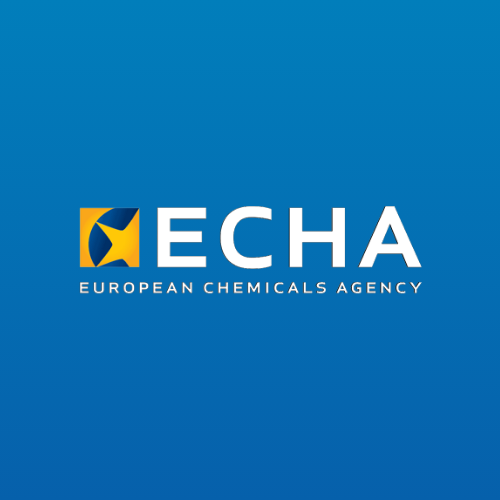Why the ECHA 2025 Report Matters
The European Chemicals Agency (ECHA) plays a central role in regulating the safe use of chemicals across the European Union. Through its guidance, risk assessments, and regulatory proposals, ECHA directly shapes how industries produce, use, and manage substances that can affect both human health and the environment.
Every few years, ECHA publishes its Key Areas of Regulatory Challenge report, which outlines the main scientific and regulatory priorities requiring attention. The 2025 edition of this report is particularly relevant, as it arrives at a time when Europe is facing multiple challenges: the need to remain globally competitive, the transition toward sustainable production, and the growing demand for stricter environmental and public health protection.
This report is not simply a set of technical notes. It functions as a roadmap for policymakers, industries, and research institutions, indicating where regulation will become stricter, where innovation is needed, and where the chemical industry must adapt to align with Europe’s environmental goals. For companies and stakeholders across sectors — from pharmaceuticals to wastewater treatment — understanding these regulatory priorities is essential to anticipate change and remain compliant.

Main Priorities Identified in the ECHA 2025 Report
The ECHA 2025 Report – Key Areas of Regulatory Challenge highlights several critical fields where scientific progress, regulatory updates, and industry adaptation are needed. These priorities are designed to ensure that Europe’s chemical sector can remain competitive while also protecting human health and the environment.
Non-Fossil and Recycled Materials
As Europe accelerates its shift toward circular economy principles, more recycled and non-fossil-based materials are entering industrial supply chains. However, this raises new questions: What are the long-term safety impacts of these alternative materials? How should risks be assessed? ECHA calls for deeper research into the behaviour and risks of these new materials to ensure their safe integration.
Environmental and Health Impact Assessments
The report stresses the need to go beyond the evaluation of substances in use. A full life-cycle perspective — including production, use, disposal, and potential release into the environment — is now considered essential. This holistic approach is central to Europe’s Green Deal and ensures that regulatory frameworks account for real-world impacts.
Advanced Analytical and Monitoring Methods
Another priority area is the development of better tools to detect chemicals in air, water, and soil. With more sensitive and digital monitoring systems, regulators will be able to set evidence-based standards while industries can track compliance in real time. This also ties into the EU’s push for greater transparency and traceability of chemical substances.
Balancing Regulation and Competitiveness
For many companies, compliance with new regulatory priorities means significant investment in research, monitoring systems, and product redesigns. While this may seem like a burden, it also creates opportunities for innovation and differentiation. Companies that anticipate these changes and invest early are more likely to maintain market access and avoid costly disruptions.


Integration with the European Green Deal
The report aligns closely with the goals of the European Green Deal, which seeks to make the EU climate-neutral by 2050. This includes stricter oversight of emissions, wider adoption of circular economy principles, and safer chemical use across industries. Businesses that adapt their operations in line with these objectives will not only comply with regulation but also position themselves favourably for public funding and incentives.
Challenges Ahead for Industry Stakeholders
The direction set by ECHA in 2025 makes it clear that sustainability is not optional — it is becoming a baseline expectation for operating in the European market.
Future Outlook
The ECHA 2025 Report makes it clear that the European chemical sector is heading into a period of profound change. Regulations are no longer simply about restricting harmful substances; they are about reshaping the very foundations of how chemicals are designed, produced, monitored, and managed throughout their entire life cycle.
What Comes Next?
The Strategic Role of Regulation
Ultimately, the 2025 report positions regulation not as an obstacle, but as a strategic driver of industrial transformation. By setting ambitious standards for health and environmental protection, ECHA is pushing the chemical sector toward greater resilience, competitiveness, and sustainability. For industry leaders, the challenge lies not in avoiding regulation, but in embracing it as a roadmap for innovation and long-term growth.
